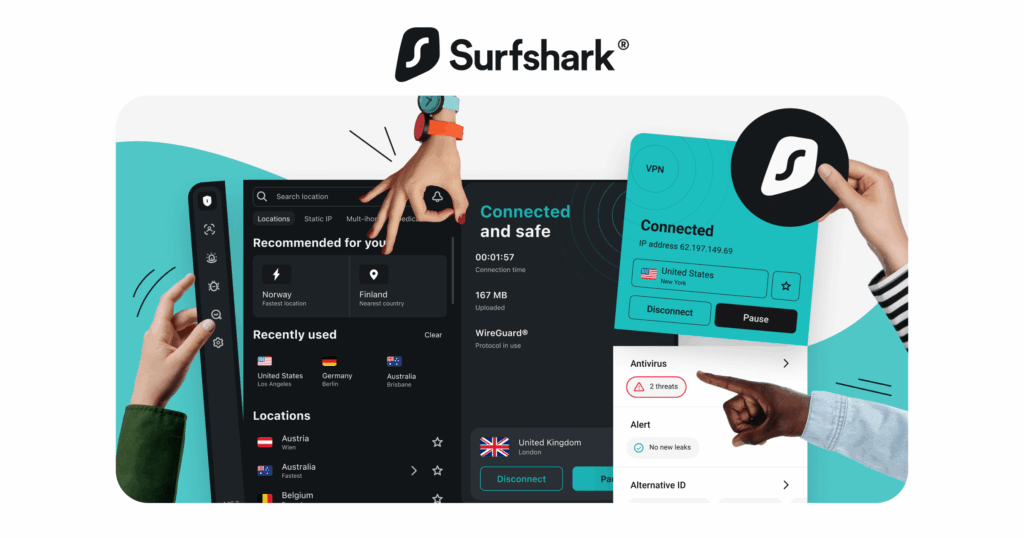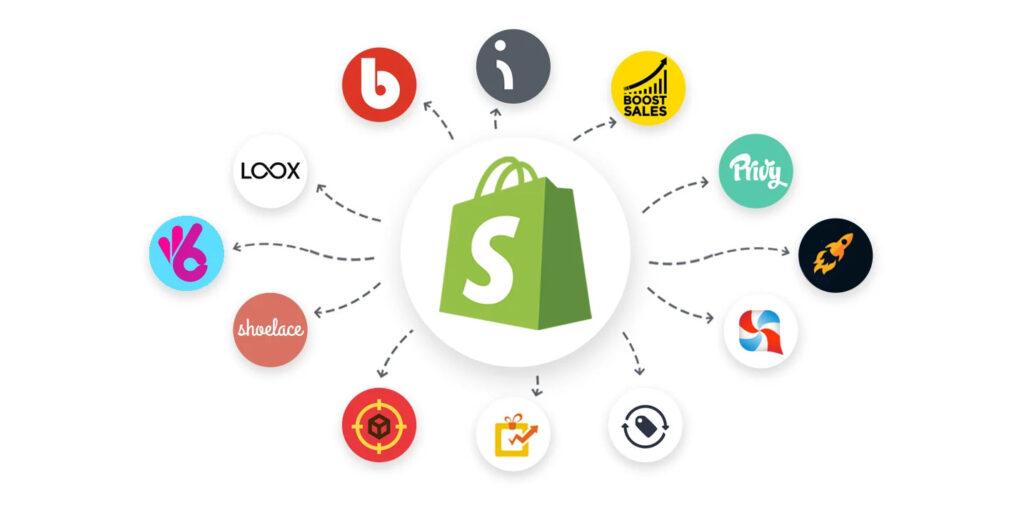The digital landscape is evolving at lightning speed, and e-commerce is leading the charge. With more consumers shopping online than ever before, businesses are turning their attention to platforms that can help them thrive in this competitive environment. Among the myriad of options available, two giants stand out: Shopify and Amazon. Each offers unique features tailored to different types of sellers.
But as we look ahead to 2025, how will these platforms shape the future of online selling? Understanding which platform aligns best with your business needs could be a game-changer for your success. Let’s dive into what makes Shopify and Amazon tick, weigh their pros and cons, and discover which one might just be your ticket to thriving in an increasingly digital marketplace. Ready to explore?
The Rise of E-commerce and Online Selling
E-commerce has transformed the way we shop. With just a few clicks, consumers can browse millions of products from the comfort of their homes. This convenience has fueled a remarkable rise in online sales.
The pandemic accelerated this trend, pushing even traditional brick-and-mortar businesses to pivot towards digital solutions. As shoppers prioritize safety and ease, e-commerce platforms have become essential for reaching customers.
Mobile shopping is another key factor driving growth. Smartphones allow users to purchase on-the-go, making it easier than ever to convert impulse buys into sales.
Social media also plays a pivotal role in shaping buying behaviors. Influencers and targeted ads create new opportunities for brands to engage with potential buyers directly.
As technology continues to evolve, so too will the strategies used by sellers. The future promises even more innovative ways for businesses to connect with consumers online.
Understanding Shopify and Amazon
Shopify and Amazon represent two distinct approaches to online selling. Shopify is a platform that allows businesses to create their own e-commerce stores tailored to their brand. It offers customization, scalability, and complete control over the customer experience.
On the other hand, Amazon serves as a vast marketplace where sellers can list products alongside countless others. Its enormous reach makes it an appealing choice for those looking for immediate visibility.
With Shopify, you pay monthly fees based on your chosen plan—there’s even a cheapest Shopify plan available for newcomers. This model fosters long-term growth through branding strategies.
Conversely, selling on Amazon involves fees per sale along with additional costs like advertising or fulfillment. While this might seem daunting at first glance, many find the benefits of access to millions of potential customers hard to resist.
Pros and Cons of Selling on Shopify
Selling on Shopify has its advantages. The platform offers a user-friendly interface, making it easy for newcomers to set up their online store quickly. With various customizable templates, you can create a unique brand identity without needing extensive design skills.
Shopify also provides robust integrations with numerous apps, enhancing functionality and boosting sales potential. Its built-in SEO tools help your products rank better in search results, which is crucial for attracting traffic.
However, there are downsides. Shopify pricing can add up as you scale your business. Transaction fees may apply unless you use Shopify Payments. This could impact profit margins if not managed carefully.
Additionally, while the platform supports e-commerce well, it’s less suited for those looking to establish an extensive marketplace like Amazon does. If you’re seeking wider exposure right away, that might be something to consider when choosing platforms.
Pros and Cons of Selling on Amazon
Selling on Amazon offers vast exposure. With millions of active customers, your products can reach a global audience instantly. This visibility can translate into significant sales.
However, competition is fierce. Many sellers are vying for attention in the same categories, making it tough for newcomers to stand out. Your product might get lost among countless similar items.
Another benefit is Fulfillment by Amazon (FBA). It simplifies logistics and shipping, allowing you to focus on growing your business rather than managing inventory.
On the flip side, FBA comes with fees that can eat into profits. You must also adhere to Amazon’s strict policies and guidelines or risk losing your selling privileges.
Branding opportunities are limited as well. Customers often associate their experience directly with Amazon rather than individual brands.
While the platform provides tools for success, navigating its complexities requires careful planning and strategy.
Key Differences between Shopify and Amazon for Businesses
When it comes to e-commerce platforms, Shopify and Amazon cater to different business needs.
Shopify is all about customization. You can design your store from the ground up, giving you brand control and a unique shopping experience for customers.
On the flip side, Amazon offers an established marketplace with millions of potential buyers. Listing your products there means tapping into a massive audience right away.
Fees also differ significantly. Shopify has monthly subscriptions based on features while Amazon takes a cut from each sale made through its platform.
Inventory management varies too; Shopify allows more flexibility in managing stock across various channels, whereas Amazon relies heavily on its fulfillment network.
Marketing strategies diverge. With Shopify, you drive traffic through SEO or paid ads. Meanwhile, selling on Amazon often hinges on leveraging their built-in customer base and reputation for quick sales.
Predictions for the Future of E-commerce in 2025
As we gaze into 2025, e-commerce is poised for transformative shifts. The rise of artificial intelligence will revolutionize personalized shopping experiences. Expect tailored recommendations that anticipate consumer needs before they even realize them.
Augmented reality (AR) will take center stage, allowing customers to visualize products in their own spaces. Imagine trying on clothes virtually or placing furniture in your living room through your smartphone.
Sustainability will also dominate the conversation. Eco-conscious consumers are demanding transparency and ethical practices from brands. Businesses that embrace green initiatives may see a significant competitive edge.
Social commerce is set to grow exponentially. Platforms integrating shopping features will enable seamless purchasing directly through social media channels, making it easier than ever to convert casual browsers into buyers.
Which Platform is Best for Your Business?
Choosing between Shopify and Amazon depends on your business model, goals, and target audience. Shopify offers a customizable experience that lets you build your brand from the ground up. It’s great for businesses looking to create a unique shopping environment and engage directly with customers.
On the other hand, Amazon provides access to an enormous customer base right off the bat. If you prioritize volume sales over branding, this might be your best bet. However, keep in mind that competition is fierce on Amazon, and standing out can be challenging.
Consider factors like budget when evaluating Shopify pricing plans or comparing it to alternatives such as Etsy. Take advantage of tools available through platforms like Shopify to enhance functionality—many of the best Shopify apps for sales can help streamline operations and increase conversions.
Think about what aligns with your long-term vision. Whether you’re drawn towards setting up an independent store on Shopify or tapping into the vast marketplace of Amazon will significantly shape how you navigate e-commerce in 2025 and beyond. Each platform has its strengths; weigh them based on what matters most for your business’s success.




















